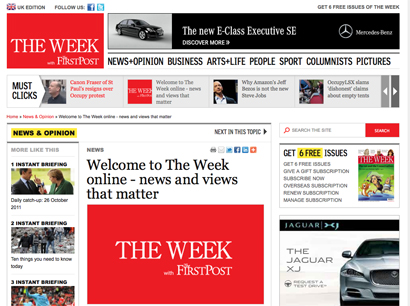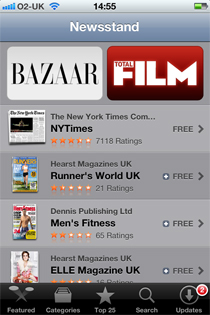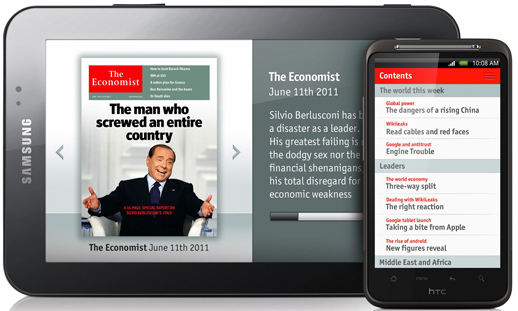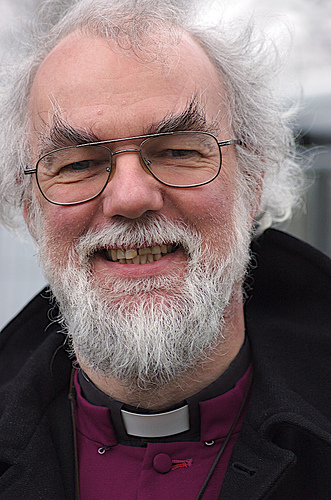The Economist has today announced the release of an iPad version of “The World in 2012 from the Economist: Editor’s Highlights”, based on the annual magazine which features predictions, graphs and charts for the coming year.
In a release, the Economist said the app, which is sponsored by BMW, features “select articles from this year’s edition, videos from around the world and specially curated snapshots of people, events, landmarks and data are all included in the first-ever World in…highlights application.”
The featured articles focus on a variety of topics ranging from the areas of technology still up for grabs, the power of sharing and the change in China’s leadership. The videos include an extract of an interview with Facebook’s Chief Operating Officer, Sheryl Sandberg, as well as interviews with people from New York, Beijing and London on the coming year. The application also contains a feature on 12 people to watch in 2012, a month-by-month selection of events in 2012, a snapshot of 12 titbits to look out for in the year ahead and a collection of charts, graphs and data.
Daniel Franklin, editor of The World in 2012 said in the release:
This digital introduction makes it clear to new readers why the publication has become so popular over the past quarter century.






